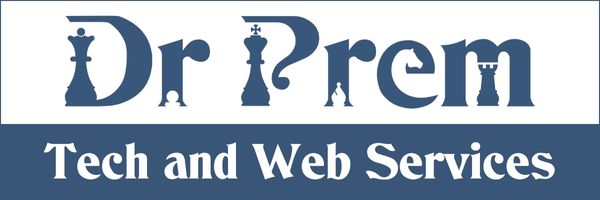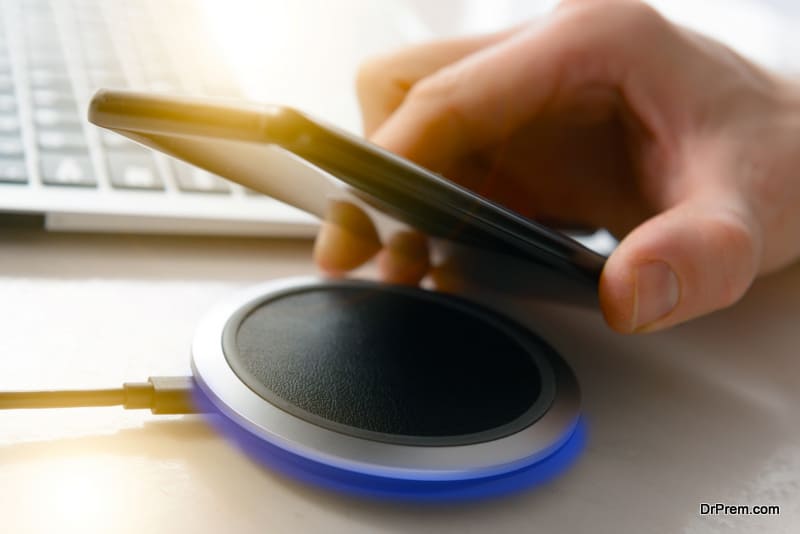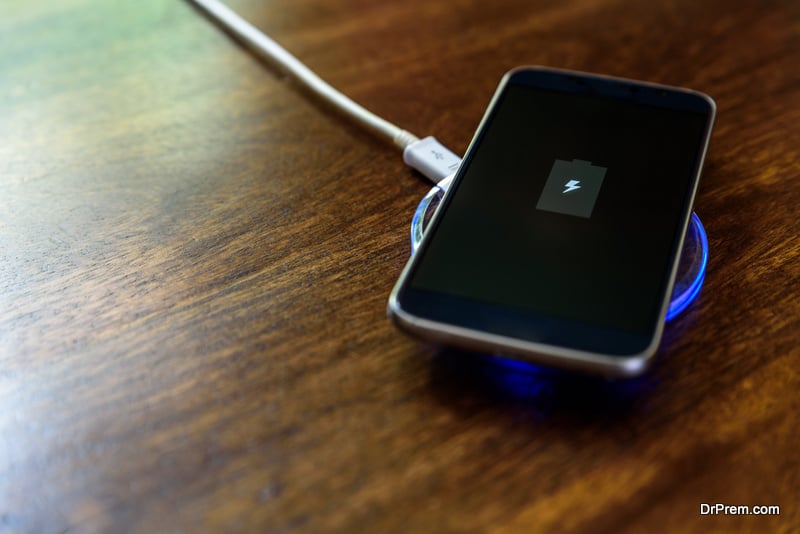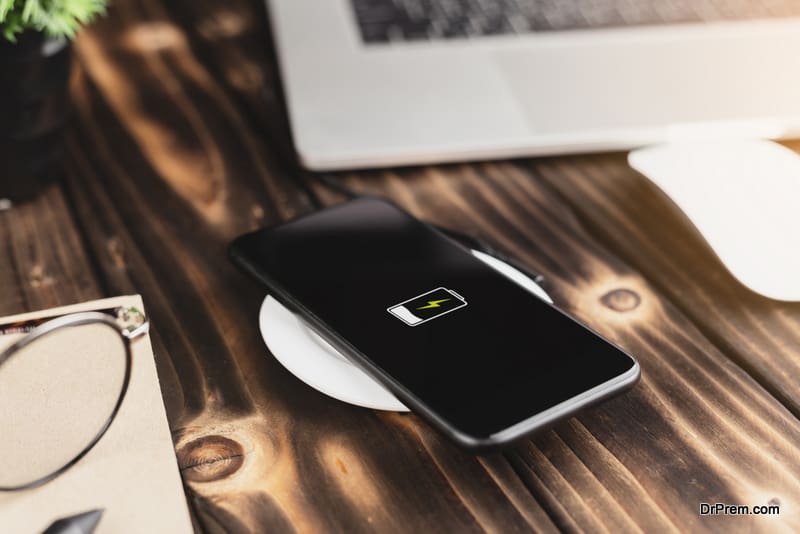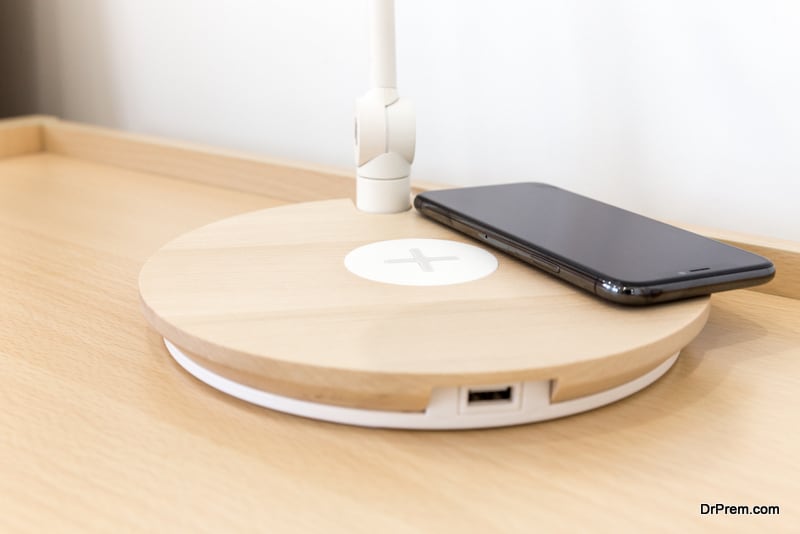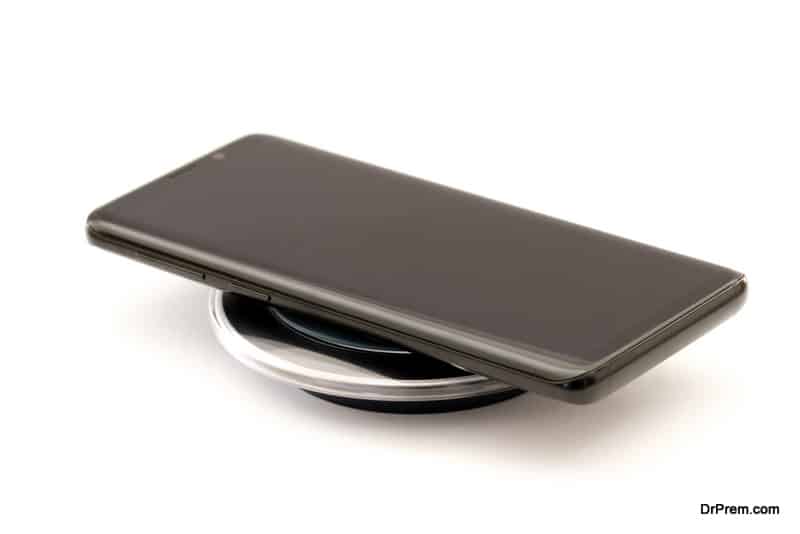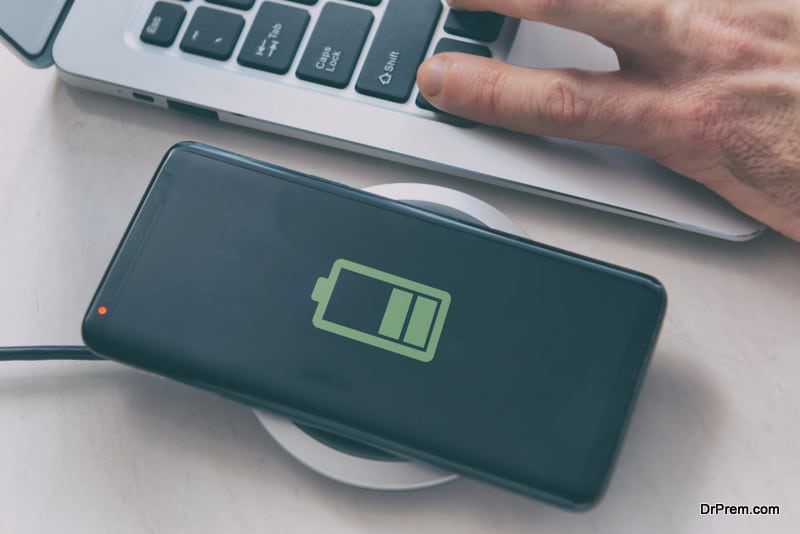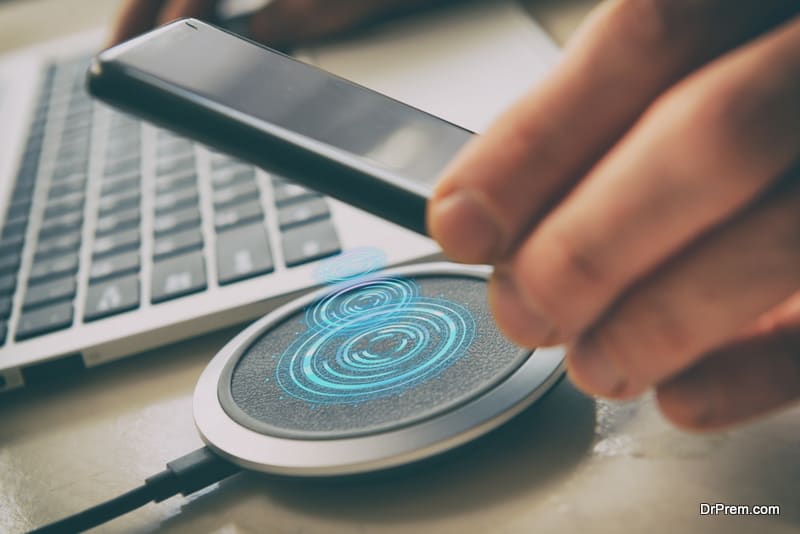Charging your phones and other devices with a charger which is connected with wires may be a thing of the past quite soon. Wireless charging would replace wires and plugs, in the same way that wireless internet and Bluetooth has eliminated the need for devices to be connected to routers with wires. Wireless chargers would work through induction battery, which would use inductive coupling using electromagnetic field to transfer energy from charger to receiver, wirelessly.
Induction battery aka wireless charging: All you need to know
The knowledge of induction battery charging is not new, as Nikola Tesla had demonstrated power transmission and wireless broadcasting through induction. Electric toothbrushes which have been around since the 90s are an example of induction battery use. This concept will be used in the near future to charge our smartphones. In fact, there are certain phones already out there which can be charged with wireless chargers.
How does an induction battery work
Induction batteries are made of induction coils, which are basically iron cores wrapped by copper wires. When a device to be charged is placed on top of the wireless pad, then the proximity of coils in the device and the charger creates an electromagnetic field which then allows electricity to be passed from one coil (in the charger) to another (phone or other device). Thus, wireless charging with induction battery is possible in this manner.
What are the types of wireless charging
There are three types of wireless charging – resonance charging, radio charging, and inductive charging.
Radio charging
In this method, devices which require low power can be charged, within a 10 m or 30ft radius from the transmitting device or charger. With these wireless chargers, devices such as medical implants, watches, hearing aids, RFID chips can be charged. Radio chargers resemble radio transmission but are not the same – there is low-power capture and people are exposed to ‘electro-smog’, which is why radio chargers are not very popular.
Resonance charging
The physics of induction battery using the resonance method is to use the oscillating magnetic field within one meter or 3 ft radius. The device has to stay in the magnetic field of the induction battery to be charged. Induction batteries made with the resonance charging method are used in electric vehicles.
Resonance charging can be used for both high wattage wireless chargers as well as low wattage chargers; in fact it can be used at many different power levels, high to low. The efficiency can vary however, for example, the efficiency of a low wattage (5W) system is 75-80% efficient, 100W system is more than 90% efficient and a 3kV system which is used for the induction battery of electric vehicles is 93-95% efficient. This type of wireless charging is still being researched on, and it is not a popular method as of now.
Inductive charging
The magnetic field theory of physics is used to create induction battery. In this method, the coupling formed between two coils is used to charge devices, such as smartphones, electronic products and smart watches. Electrical contact is not direct which makes inductive batteries very convenient and there are no connector contacts. A moving/rotating magnet inside the coil of uninsulated wiring causes the electrons to move throughout the wire, thus creating electricity.
The system consists of a flat transformer (it is flat because it can be easily fitted inside the equipment). The transformer’s primary part is connected to the electricity supply and the secondary side of the transformer or induction battery faces the side on which the device to be charged is placed. Sometimes the battery consists of two flat coils.
Coil diameter, efficiency, frequencies, etc all have an effect on the efficiency of the wireless charger.
This method of charging is used by many smartphones which have to be placed on small, flat charging docks. The electrical charge passes from the pad to the phone through the small gap in between them. Though the phone sits on top without being connected to the charging pad, the charging pad has to be connected to an electricity port.
Global wireless charging standards
There are three global wireless charging standards which are being used currently.
WPC/Qi – Wireless Power Consortium
WPC introduced the Qi standard in 2008, using which manufacturers could manufacture wireless chargers using induction battery with 5 watts power. Qi is currently the standard which is the leader in the global market. Most of the global smartphone manufacturers, with over 60 different mobile phones have adopted Qi as their standard. Samsung, HTC, LG, TI, Sony, Panasonic, Motorola, Nokia, Verizon, Philips, BMW, Daimler, Audi, VW Porsche, Jeep and Toyota are some of the companies which manufacture smartphones that are compatible with Qi chargers.
Qi is an inductive system which uses a very low frequency, between 110-205kHz for low power transfer and 80-300 kHz for medium power transfer. The Qi charging devices sense the capacitance change and recognize the device to be charged. The charging mat transmits burst signal, the device awakens and delivers the signal strength and identification status. Signal quality is used to enhance the positioning of the device/receiver, which leads to better magnetic coupling between the device and the receiver. The mat transmits power when it recognized the device is valid/compatible with the Qi standard. The coils in this type of induction battery are shielded to reduce the stray radiation. Some charging mats have a free-moving transmitter coil, which helps to place the object on the spot which is best for coupling/charging. Some have multiple transmit coils and several devices can be charged on them.
Powermat
Powermat was initially a part of Qi, but due to a disagreement in 2012, they broke off and developed the PMA norm. It is quite similar to Qi, but the frequency of transmission is different. Powermat also works on the physics of inductive battery charging too. The mat is one part of the transformer while the part is a circuit embedded in the device, or pads which clip on to the device or it could be in the form of battery cover which has an inbuilt charging coil.
It is a venture of Powermat and Procter and Gamble, with frequency of 277-357 kHZ, and is providing stiff competition to Qi. You may have seen Powermats at Starbucks, which has 100,000 mats in its outlets.
Samsung, TDK, LG, AT&T, TI, Starbucks, Huawei, Teavana, FCC, Energy Star and Flextronics devices are compatible with Powermat.
A4WP
A4WP or Alliance for Wireless Power was set up in 2012 based on resonance charging which allows free movement. With A4WP, several devices can be charged at one go. Qualcomm and Samsung developed A4WP. This is still being worked on, as there were serious emission issues and no commercial products as of now are available for A4WP. Certain devices for Deutche Telecomm, Tediatek, Intel, LG, Qualcomm, Samsung and HTC are compatible with this standard. Resonance techniques with high- power transfer frequency of 6.78Mhz and 2.4Ghz for control signals are used.
PowerbyProxi
Founded in the year 2007, PowerByProxi is a company based in New Zealand which has developed wireless charging based on loosely coupled resonant charging tech, which is based also on Qi specification. The company is known for its charging bowls and boxes where multiple devices and gadgets can be charged.
PowerByProxi is selling its large-scale wireless charging systems to the construction, defense, agriculture and telecom industry, for example the wireless control system for wind power turbines. Apple has recently purchased this company, leading speculators to believe that it would use the tech for wireless TV remotes, computer peripherals and other gadgets.
WiTricity
Image Source : zdnet1.cbsistatic.com
WiTricity’s wireless charging mode is different from the rival competition. Charging pads are not required to sit on mats, but devices can be charged at a distance of one meter from chargers. The WiTricity chargers have a transmitter coil which oscillated at chosen frequencies and sent power to receiver coils in devices which are also tuned to resonate at the same frequency. This ensures that only coupled devices are charged, without minimum effect on other devices.
Laptops can also be charged with WiTricity, specially the Dell Latitude Laptop which has incorporated resonant wireless charging tech from WiTricity. The Dell charger offers 30W charging power, which means the laptop will charge at an equivalent rate as when it is plugged in.
WiTricity is focusing on the automobile industry. The tech used by the company allows EVs to charge at a distance of nine inches from the charging station/pad. The electric vehicles would have to park on top of a gigantic charging pad. Mercedes S550e plug in hybrids will be able to charge wirelessly with WiTricity tech.
The EV application of electromagnetic resonance is perfect as the cars would not require charger cables with more efficient charging, about 93%. WiTricity includes capacitors to conducting loop, which results in the boosting the energy required to charge EV batteries.
The Japanese robotics firm Daihen, uses Witricity’s technology to charge their AGVs or automatic guided vehicles. The D-Broad Wireless system which is based upon WiTricity enables the AGVs to pull up to charging areas to charge.
Induction battery advantages
Several devices can be charges from one point
These days most people have more than one gadget or device which requires to be charged. Totaling the number of gadgets in a family, usually the number might exceed the number of charging points. There is the hassle of wires too which get entangled and then taking turns to charge the devices one by one from limited ports is a waste of time.
One of the best advantages of an inductive battery is that you can charge several devices from just one socket, with a universal charging pad. Or in the case of loosely coupled wireless systems, you just have to place them on a desk or box.
Enhances phone safety
As the induction battery coils do not require devices to be connected with a wire, the smartphones can be completely waterproof, as the port for the wire is no longer required. The coils are inbuilt in the phones, keeping phones safe, and this feature could be great for outdoor sports and other activities.
Safe charging zones can be set up anywhere
This technology could potentially change the design of the interiors of home, restaurants, planes and cars. The connection pads could be built into desks, tables, armrests and so on. This feature would mean that people no longer would have to wait for other people’s devices to finish charging in cafes and restaurants and other public spaces, as every table might have a connecting pad inbuilt, where all the people sitting at the table could charge their phones simultaneously.
Reduced wear and tear
Smartphones and other devices, as well as the sockets in your home/office/public spaces would last longer as there would be no need to plug in and plug out wires all the time. The wireless devices are more resilient to contamination.
Medical industry application
The elimination of wire in inductive battery system also eliminates the bacteria, germs, etc which may be found on wires. Thus, medical environments would remain cleaner with wireless technology.
Induction battery disadvantages
Less efficient
Currently technology of inductive charging is less efficient than cable charging, so a wireless charger takes longer to charge a phone or device.
Less flexibility
This is the biggest disadvantage as you cannot pick up and use your phone when it is being charged, as it will disturb the charging process. With cable chargers, you can still use the phone when it is charged.
Is wireless charging harmful to humans?
This could be a question in your mind – whether the wireless electromagnetic energy/radiation is harmful for health. Until now, the electromagnetic energy, which is classified as non-ionizing radiation has been found to be harmless, unlike the cancer causing ionizing radiation from x rays. But as the number of wireless chargers and devices are increasing, experts are questioning whether the non-ionizing method is safe or not. Regulatory bodies worldwide are observing potential health risks, and in future restriction might be imposed if any harm is proved.
